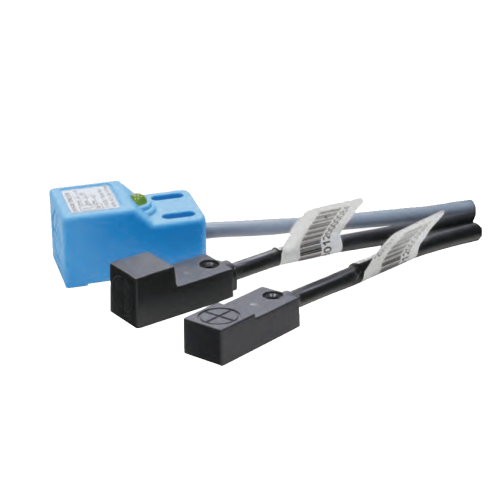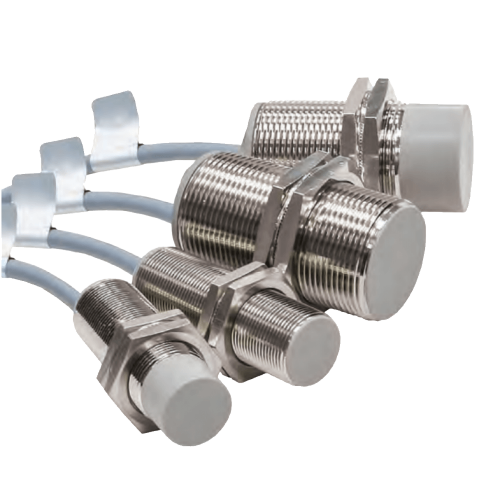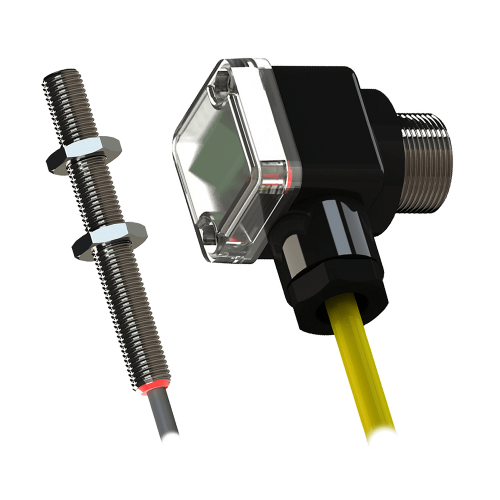Description
Inductive sensors ВБ2 are designed for non-contact detection and counting of various objects located in their sensitivity zone. Unlike capacitive sensors, inductive sensors react only to metals and are not sensitive to other materials, which increases their immunity to interference. For example, the introduction of the operator’s hands, emulsion, water, grease and other non-metallic objects into the sensor’s sensitivity zone will not lead to false triggering.
Application of non-contact inductive sensors
The objects of influence on inductive sensors are only metallic, magnetic, ferro-magnetic materials and amorphous metals. Inductive sensors are most effectively used as limit switches in the transport industry, metallurgy, industrial automation, as well as in mechanical engineering and machine tool building.
The most widely used inductive sensors are in systems where:
- control of the operation of automatic lines and conveyors;
- control of the position of metal objects in space;
- rotation control of shafts and gears.
Functional diagram
The principle of operation of inductive proximity sensors is based on a change in the parameters of the magnetic field of an inductor coil, into which a metal object enters. When power is applied in front of the active zone of the sensor, which is an inductor, a magnetic field arises, which is the zone of sensitivity of the sensor. When a metal object is introduced into this zone, the parameters of the coil field and the state of the sensor output change.
The sensing distance of the sensor is determined by its design (see the table of designs).
- Please note that this website is for informational purposes only and under no circumstances information materials and prices posted on the site are not a public offer.
- Your order, including the cost and availability of goods, will be confirmed by our manager by a phone call to the number you specified when ordering or by e-mail





